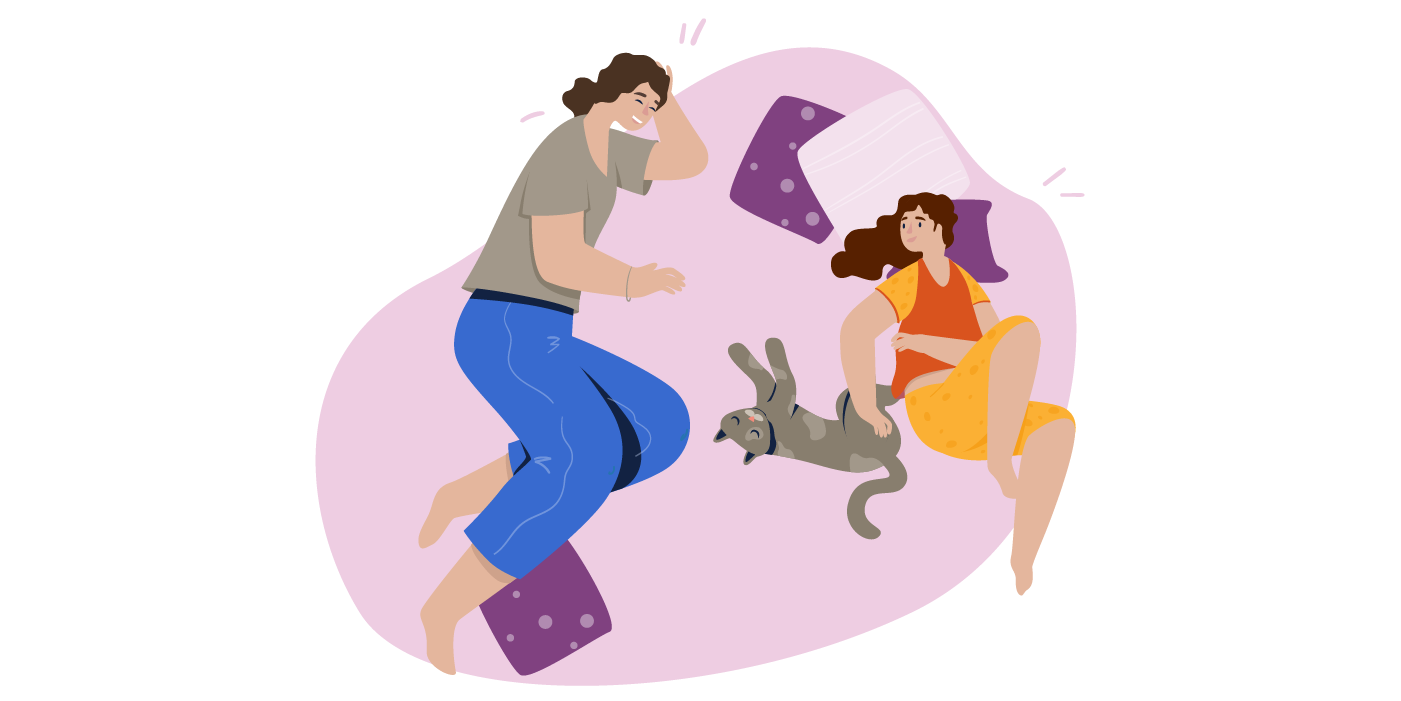 Music boosts our mood and well-being, and music therapy may help with treatment for certain health conditions.
Music boosts our mood and well-being, and music therapy may help with treatment for certain health conditions.
How can music impact our quality of life?
Recently, researchers looked at the impact of music interventions on health-related quality of life, and tried to answer the question about the best way to help make that shift toward release, relaxation, and rehabilitation. This recent systematic review and meta-analysis (a study of studies) showed that the use of music interventions (listening to music, singing, and music therapy) can create significant improvements in mental health, and smaller improvements in physical health–related quality of life.
Complexities of music
As complex human beings from a wide variety of cultures, with a variety of life experiences and mental and physical health needs, our connection with music is very personal. Our relationship with music can be a very beautiful, vulnerable, and often complicated dance that shifts from moment to moment based on our mood, preferences, social situation, and previous experiences. There are times where music can have a clear and immediate impact on our well-being:
- easing a transition to sleep with a soothing playlist
- finding motivation for exercise by listening to upbeat dance music
- aiding self-expression of emotions by singing
- connecting to others by attending a live musical performance.
There are other times when a board-certified music therapist can help you build that connection to music, and find the best intervention and “dose” that could positively impact your health and provide a form of healing.
How can music be used as a therapeutic tool?
Music therapy is an established health care profession that uses evidence-based music interventions to address therapeutic health care goals. Music therapy happens between a patient (and possibly their caregivers and/or family) and a board-certified music therapist who has completed an accredited undergraduate or graduate music therapy program.
Some of those goals could include decreasing anxiety, shifting your mood, decreasing pain perception during cancer or other medical treatment, increasing expression, finding motivation, and many others.
Listening
This intervention has been studied the most, in almost every scenario. It can be done either on your own or in music therapy. The music can be live or recorded. Listening can be done with intentional focus or as background listening. You can amplify emotions for release. You can use music to quiet the mind. Or you can utilize the “iso principle” and match music to your current energy or mood, and then slowly change feel, tempo, and complexity to help you shift.
Learning or playing an Instrument
Active music-making truly engages your entire brain. This creates the most potential for distraction, pain reduction, cognition, fine and gross motor development, and expression. Some instruments are designed for easier access to free expression or learning.
A steel tongue drum, for example, set up in a pentatonic scale, has a beautiful resonant sound, has no “wrong notes,” and by design allows you to just play! If you want to engage your cognitive brain a bit, try learning the ukulele. The strings are easy to push, beginner chords only need one or two fingers, and there are many great ukulele resources online.
Singing
This can be an amazing intervention if you have a good connection to your voice and/or have a good music therapy relationship where the therapist can help you build your connection to your instrument. There are physical benefits of singing on lung function and emotional benefits of singing lyrics that speak your truth.
Excerpted from “Can Music Improve Our Health and Quality of Life?” by Lorrie Kubicek, a board-certified music therapist at Massachusetts General Hospital. Read the full post online in the Harvard Health blog.
Source: Harvard Health Publishing | Can Music Improve Our Health and Quality of Life?, https://www.health.harvard.edu/blog/can-music-improve-our-health-and-quality-of-life-202207252786 | © 2023 Harvard Health Publishing® of The President and Fellows of Harvard College
This resource is filed under:







